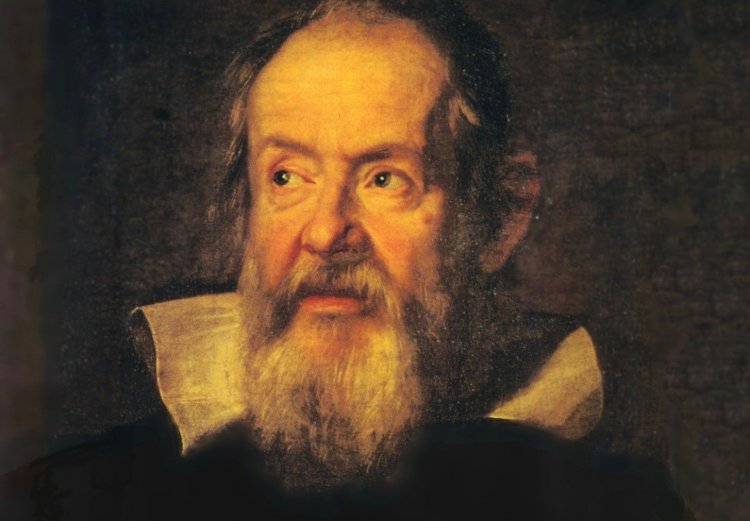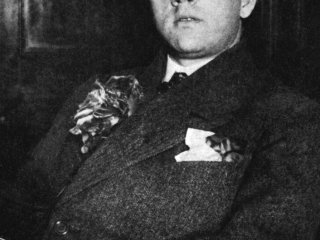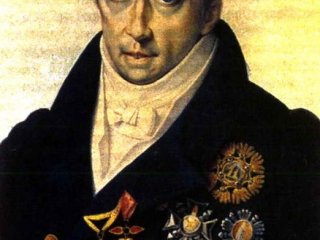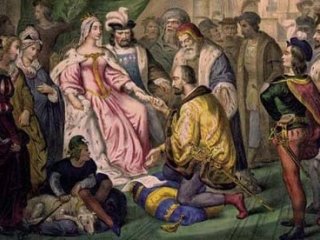
There is no mistake, because Europa is not a part of the world. We are talking about another Europa, a Jupiter satellite. On this day, Galileo Galilei pointed at the sky the approximately 30x telescope he had built and saw several bright dots near Jupiter. Further observations showed that there were four of them. He repeated the observations until he realized that the discovered celestial bodies revolve around Jupiter. Galileo named them the Medicean stars in honor of his patrons, the Medici dynasty. Then it was proposed to call them Mercury of Jupiter, Venus of Jupiter, and so on, believing Jupiter to be similar to the Sun, but later they still settled on mythological names: Io, Europa, Ganymede, and Callisto. History proved to be fairer than the discoverer: now the celestial bodies he discovered are called the Galilean Moons. Galileo's discovery convinced the scientific world that Copernucus' heliocentric system was correct, and only his compatriots – professors of the Florentine Academy – remained with their mossy beliefs. Galileo was never able to prove to them the existence of the Jupiter moons, although all four celestial bodies were perfectly visible in the telescope. The learned men of Florence flatly refused to look through the Galileo's device.
























